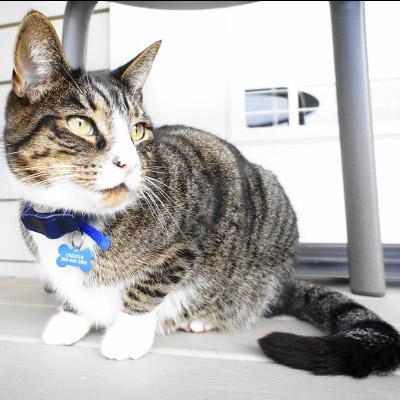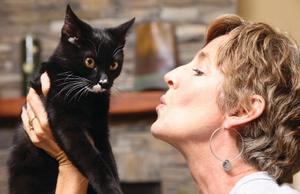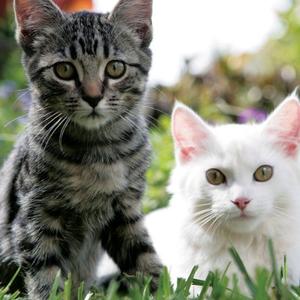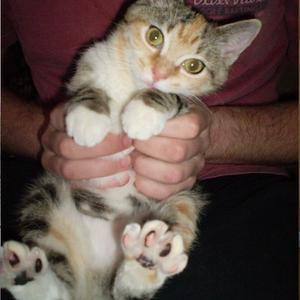We've all seen cats living outside that look just like our pet cats. Some of these cats may have owners, but others are what we started calling feral long ago. Feral cats are the same domestic cats that live in our homes, but they aren't socialized to humans or have lost that socialization over time by either being born outdoors or abandoned. They're amazing creatures who survive outside. Some get by entirely on their own, while others receive food, shelter, and even veterinary care from dedicated human caregivers.
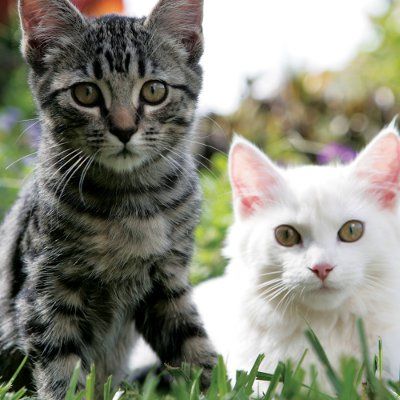
How to Approach a Stray or Feral Cat
Feral cats show a wide range of behaviors toward people. Some are extremely fearful of people and may flee when they see people or when people try to approach them.
Always air on the side of caution and give the cat space rather than trying to approach or otherwise interact with a cat that shows signs of fear. Other feral cats, although they will shy away from people, may not appear any more fearful than a pet cat. In fact, they may actually seem less fearful since they've adapted so well to their environment. Feral cats may become somewhat tame over time, especially to a human caregiver who feeds and takes care of them, but are unlikely to ever adapt to living indoors as pets.
How to Tell If a Cat is FeraI
The best way to tell if a cat's feral or not is to observe her over time. Look for these clues.
- Does she approach when you call or offer food?
- Does she have a collar or tag? Look for evidence that she's owned.
- Ask neighbors in the area. Do they know of an owner for the cat, if she's an unowned cat that someone is feeding, or possibly a new cat who doesn't seem to have an owner?

How to Help Feral Cats in Your Community
While the term "feral" is used to describe cats that aren't socialized to people, a more important consideration is whether or not the cat has an owner, regardless of her fear or friendliness to people. In recent years we've started calling unowned cats living outdoors "community cats". This term acknowledges that these cats do have a "home" in the sense that they live in our communities. They are often fed and valued by community members, even if these human caretakers don't consider the cats to be their pets.

If you are an animal lover and want to do more to help your community cats consider becoming a caregiver and starting or supporting a trap-neuter-release (TNR) program. The TNR program consists of:
- Humanely trapping the cat(s).
- Spaying or neutering and vaccinating.
- Releasing the cat back to the place you found her so she can live out her life in her natural environment.
According to the Koret Shelter Medicine Program, "TNR is the most effective and humane method of managing community cat populations."
Many other shelters and rescues have TNR programs too. It helps to break the breeding cycle, decreases the number of cats over time, and decreases other nuisance behaviors intact cats tend to display such as urine spraying, fighting, and making loud yowling noises. Check with your local shelters, since some humane societies offer TNR training classes to community members, and start helping your community cats!

